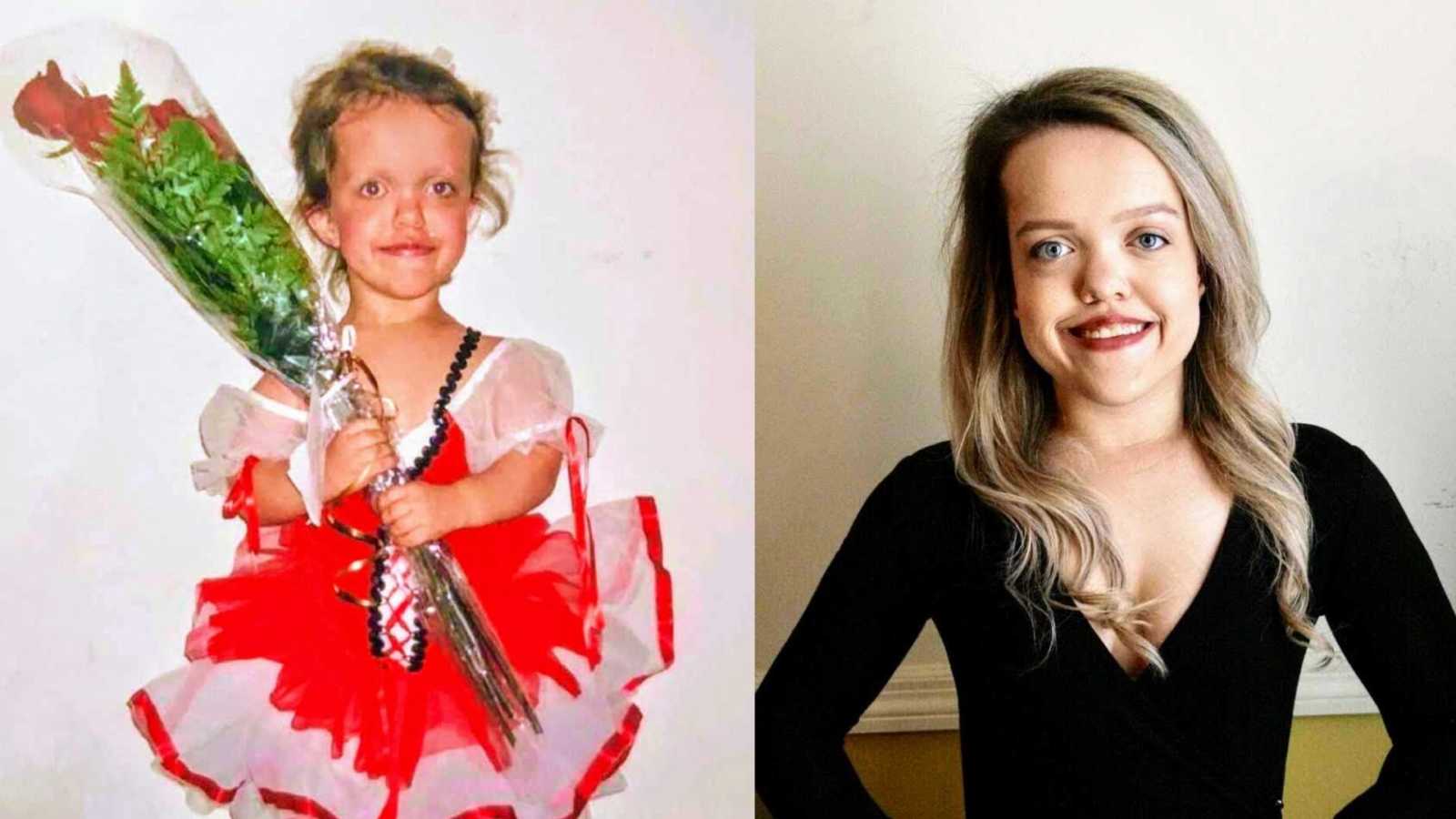“I knew the word ‘achondroplasia’ by the time I was able to talk. At 2 years-old I was able to say, ‘I have achondroplasia,’ even though I probably didn’t fully understand what it meant. By the time I was about 4, I knew having achondroplasia was the reason why I was smaller than all the girls in my dance class. As I got older, I began to understand it more and more.
It’s like they say in the shows on Lifetime and TLC, we (people with dwarfism) can pretty much do what everyone else does — just with a step stool or a few extra steps. My life was pretty normal, I mean, it was the only life I knew. Which is why it would confuse me when people would ask, ‘What’s it like being a little person?’ I attended private school, took dance classes, joined cotillion, and had sleepovers with my friends — where we would argue over which one of us got to marry which Jonas Brother. What most didn’t get to see was what went on behind closed doors. I guess this is the answer to the question, ‘What’s it like being a little person?’
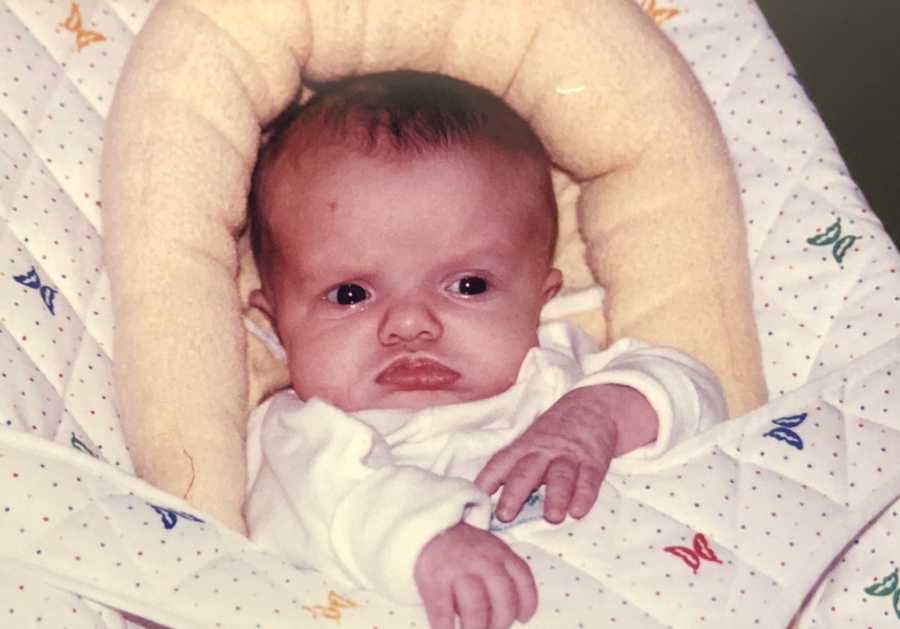
Every year, it was a sit down visit with my teachers, the week before school started, to go over what accommodations I needed. Going out to eat after cotillion, or with friends, meant thinking about whether I would be able to get in and out of the restroom at the restaurant, because either the handle might be too high or the door too heavy. And if I needed help, which friend or one of their parents would I ask to come with me?
I always saw dance as my safety zone because I was basically born into the studio — my mom and sister had both danced there. I loved it so much it became my second home. Every year after the June recital, so many people would come up to me and say, ‘Oh! You were just wonderful!’ ‘You’re such a beautiful dancer. I couldn’t take my eyes off you!’ ‘I’m so proud of you!’ Of course, I let that go to my head. I thought to myself, ‘I must be the very best because I didn’t see them say that to the other girls in my class.’
Even outside of dance, strangers would come up to me and tell me how amazing I was, how beautiful I looked in my school uniform, and my parents must be so proud. As I got older, I began realizing how creepy and condescending it was. It got to the point anytime anyone would compliment me, I would just get irritated, roll my eyes, and stomp away mumbling ‘Thanks.’ I felt as if they were just saying something to say something, rather than actually mean it.
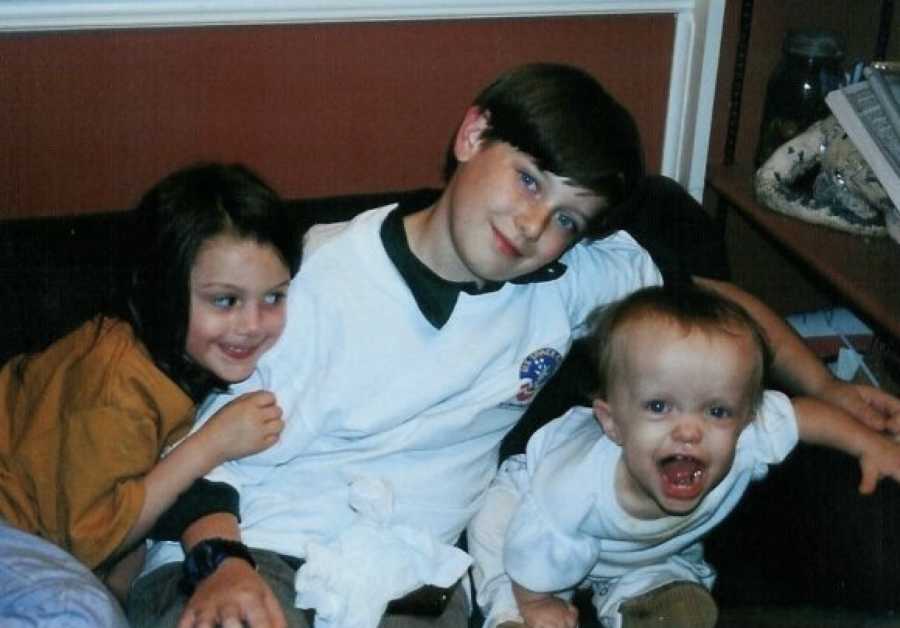
For so long, the compliments and kind remarks I received, and thought were genuine, were really just a facade. I would always see people brag about how smart my brother was, and be in awe over my sister’s art, while I got a pat on the head for just being…me. When I would move my head out of the way and say, ‘Don’t pat my head,’ people would tell my parents, ‘Your daughter shouldn’t talk to grown-ups that way. You should teach her manners.’ Or if I would say ‘no’ when being asked if they could shake my hand, because they ‘always wanted to shake a little person’s hand,’ I was told I was being rude and disrespectful. Sometimes I would even say, ‘Please don’t pat my head.’ But then I found myself saying, ‘Sorry, I just don’t like it when people pat my head.’
I was a teenager — a young adult — apologizing for not wanting to be touched. I was so naive to what was going on. Every day for 16 years, I was basically put on display without my own consent, and I didn’t even realize it. It’s as if I was a show dog.

Growing up, I always thought I would be just like my sister, as far as looks. (Personality wise, we’ve always been polar opposite.) We’re only three years apart, and our birthdays are within two weeks of each other. So, every year I would think to myself, ‘When I’m 10, I’ll be the same height as Courtney…Ok, when I’m 13, I’ll look more like Courtney. Alright, at 16 I’ll be short but more like Courtney.’ It finally hit me at 16, I would never be the same height or proportions as her or the girls in my dance class.
Every year after the dance recital, we would order the DVD and put it in my mom’s laptop to watch. One year, after watching the first few seconds of my dance, I told my mom to turn it off. I just started balling. ‘That’s how I look?!’ I can still remember the confused look on her face when she said, ‘Yes, why?’ My response was, ‘I didn’t know I looked like that! I thought when I was out on stage I looked like all the other girls.’
I just remember being so mad! Despite the fact I had watched countless recordings of my dance recitals before this one, it just hit so hard. That’s when I realized… all the times people would say, ‘Chandler, you were so wonderful out there! I love watching you dance. You did such a good job,’ it was just another person feeling like they did their good deed for the day, because they made a helpless, little girl feel good about herself.

I don’t blame my parents for any of this because honestly, I felt like they were brainwashed without realizing it — as was I for 16 years. When I was born, they were advised to get involved with others with dwarfism. Immediately after meeting other individuals with dwarfism, they were told, ‘Your child is not one of you, she’s one of us.’ I can never imagine saying that to anyone, let alone parents of a new baby with a diagnosis they are unfamiliar with and who are scared to death. Thankfully, they were able to meet others with achondroplasia who were quick to advise them to make sure I had lots of belly time; a reclining highchair; and plenty of occupational, physical, and speech therapy.
What has never set well with me is ‘dwarf pride.’ Over and over again, my family was told to make sure to celebrate my dwarfism and take pride in the fact I have it, to make sure I never felt like I wanted to change. So, you can probably imagine the reaction my parents received from those with dwarfism when mentioning two simple words… limb lengthening.
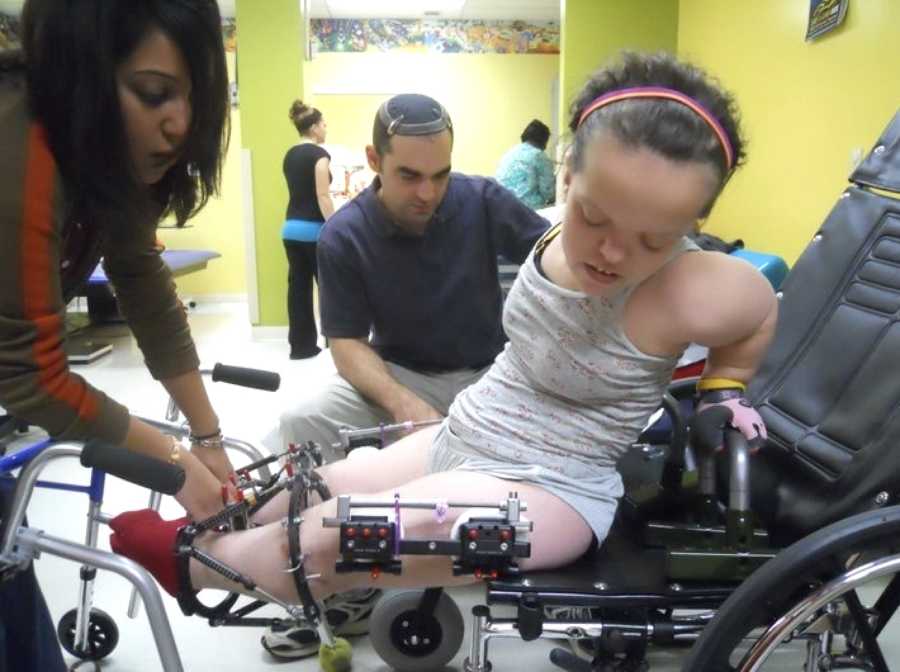
Everyone always says, ‘It doesn’t matter what anyone else thinks. It’s what’s on the inside that counts.’ On the inside I always felt trapped — kind of like a Disney Princess, Ariel and Rapunzel to be exact. I kept asking myself, ‘When will my life begin? I just don’t see how a world that makes such wonderful things could be bad?’ Their stories resonate with me because they were both young girls trapped in a world with no real outside experience or room to grow. Ariel wanted to be where everyone was able to walk and run. Rapunzel was wondering when her life would begin. As much as it pains me to say the dreaded D-word, I realized dwarves can be princesses too. So at age 16, I finally made a break for it. But unlike a princess, I told my mom, ‘I just need you to make me do this.’
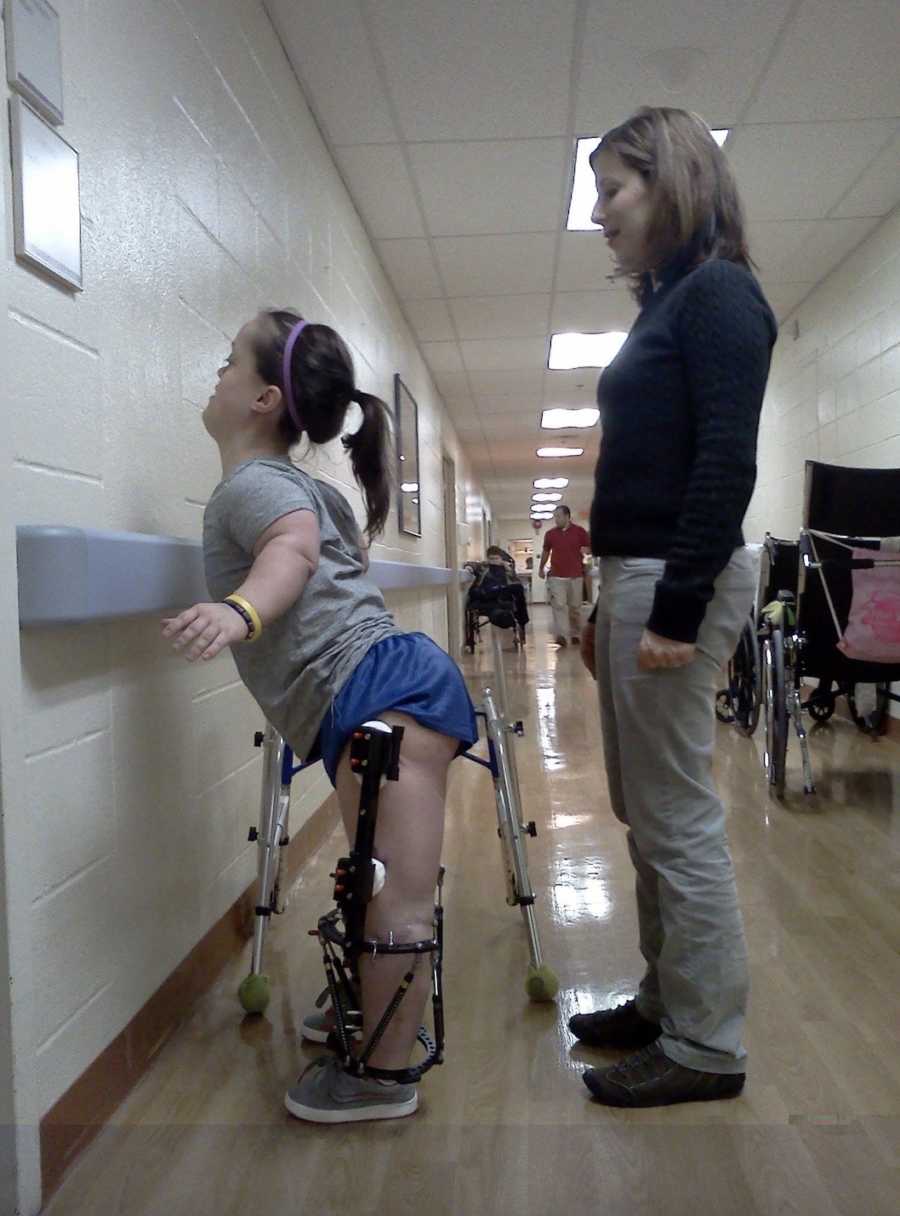
I didn’t quite get my legs as soon as Ariel, but my life was starting to begin. It feels so cliche to say it, but it’s true. My choice to lengthen was first and foremost for my health. My legs were so bowed I was going to need to straighten them. And with their malalignment, it was causing hip and back pain. But I also just wanted to be normal. I wanted to go to college and live in the dorm with my best friend, and walk class to class across campus. I didn’t want to ask for help from Student Disability Services. I wanted to drive a car with no adaptations.
There were so many things in my life I couldn’t have without some sort of adaptation, and the easiest and best solution for me was adapting myself. I saw a lot of adults with dwarfism who were struggling, and it scared me. The reality of knowing what my life was going to be like if I didn’t change, hurt way more than a few breaks of my bones.
When I made the choice to be public with my limb lengthening procedure, I knew the controversy it would cause. People told me over and over again I was going to waste seven months of my life confined to a wheelchair. Let me just stop and say, there’s absolutely no way my physical therapists were going to let me sit in a wheelchair. Unless I was going to a store or event with large crowds, I had to walk in my fixators, with my walker.
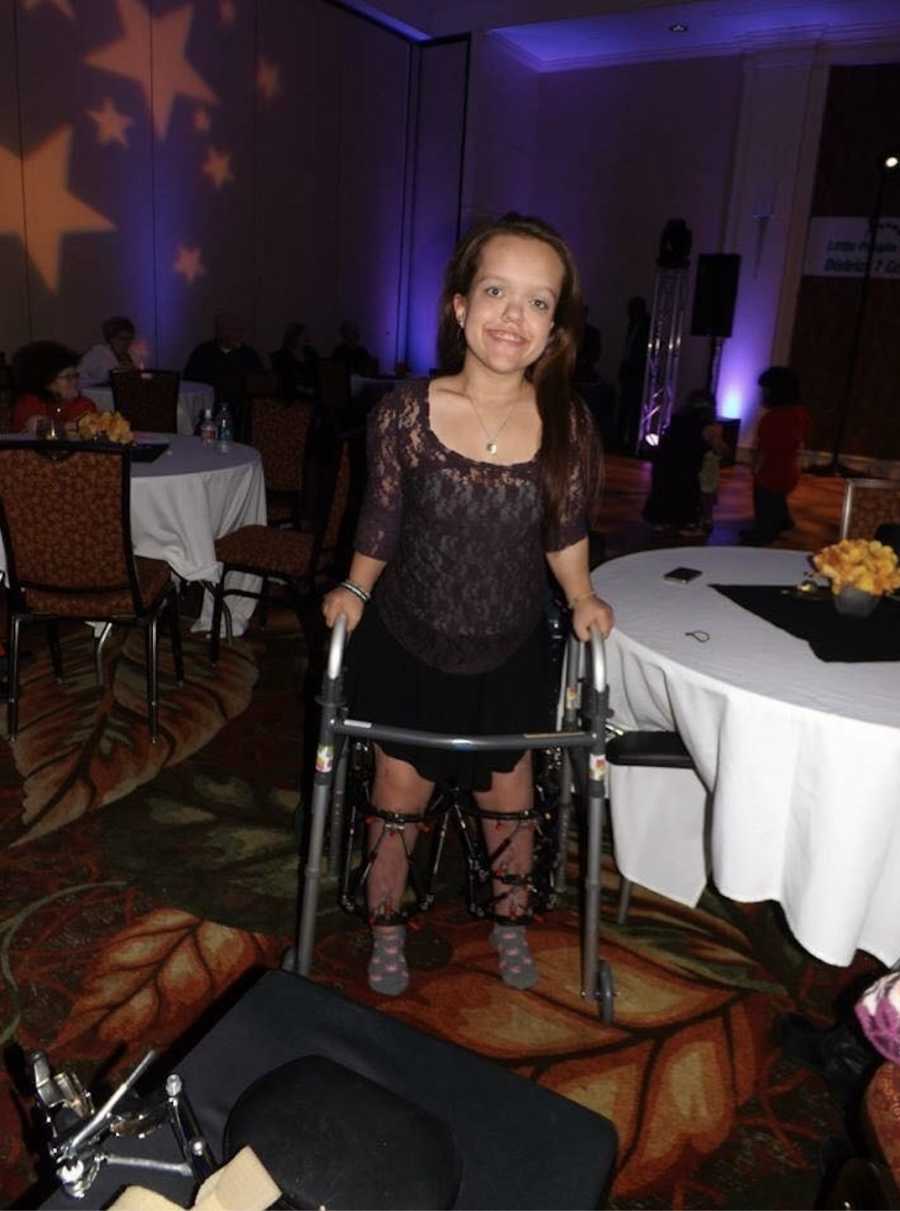
At 16, I spent seven months in and out of a wheelchair. I did it again at age 19. Today, at 26, I’m happily walking independently and pain free, while some women my age with achondroplasia are confined to a wheelchair for the rest of their life, just because of their condition. I’m in no way saying lengthening would have prevented that for them. But when it comes to achondroplasia, you just never know what cards you’re going to be dealt.
Everyone wants to feel normal, and that’s how I feel now. I’m honestly so tired of trying to make sure I don’t say ‘normal’ (because the word ‘normal’ is so frowned upon in the dwarfism community). I’m not a little person, and inside I never felt like I was. I’ve never been a dwarf either. I’m just Chandler and I have achondroplasia. It’s a life-long medical diagnosis I will always deal with and fear of passing on to my future children. Babies have died from complications of achondroplasia. Children have died from complications of achondroplasia. Adults have died from having achondroplasia. No one ever wants to talk about it, but it’s true. Living with achondroplasia is a difficult life, but it’s the only one I have. I’m working hard to make it my best life and show others they too can control the way they live with this condition.”
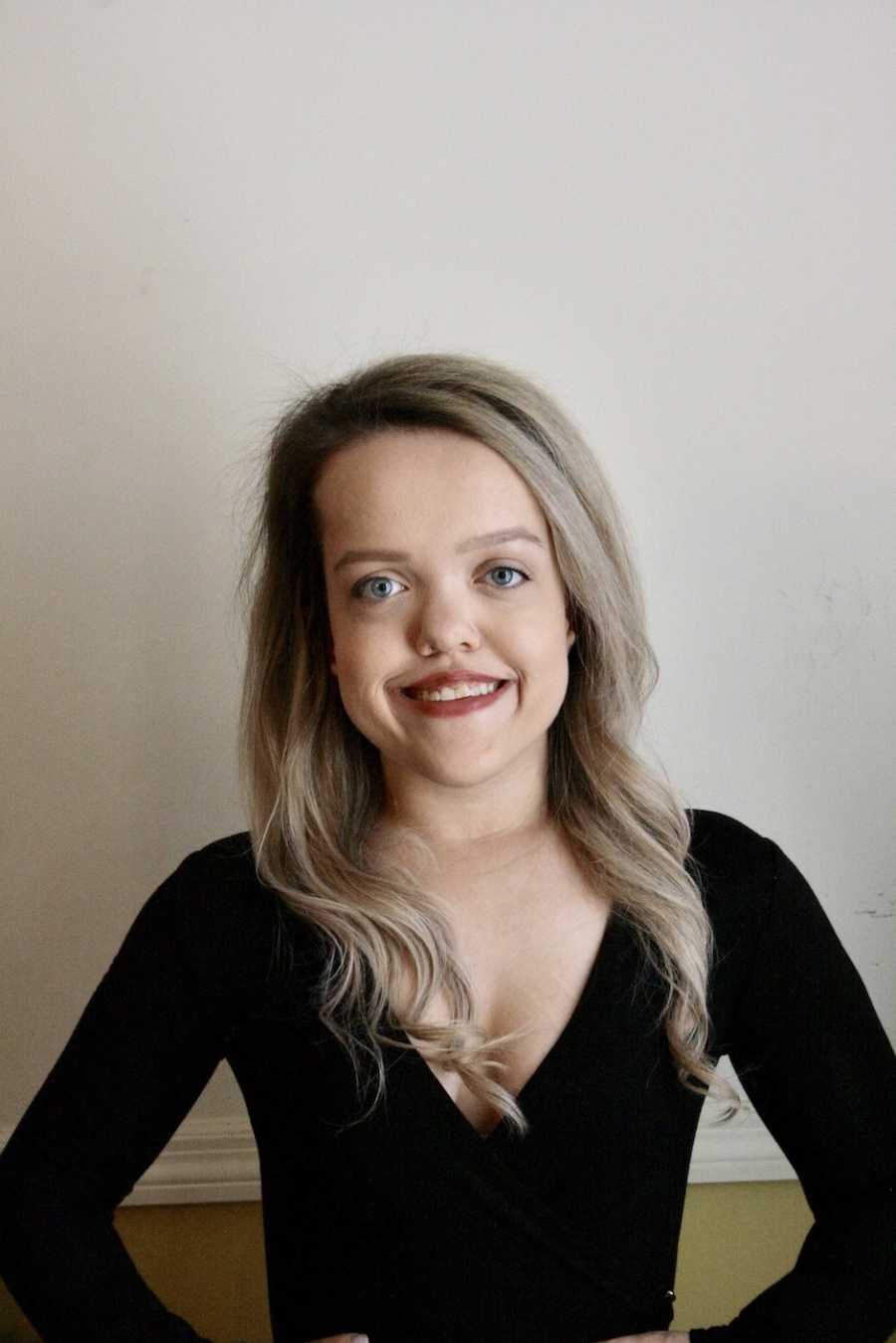
This story was submitted to Love What Matters by Chandler Crews of Nashville, Tennessee. You can follow her journey on her website and on Instagram. Submit your own story here and be sure to subscribe to our free email newsletter for our best stories.
Read more powerful stories like this:
Provide beauty and strength for others. SHARE this story on Facebook with family and friends.

